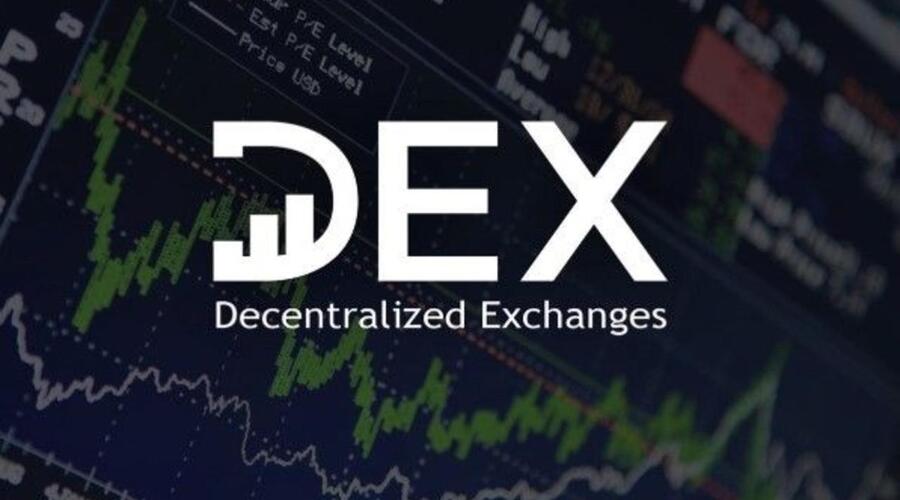The advent of decentralized finance (DeFi) on the Ethereum blockchain has created a new financial ecosystem that is open, transparent, and accessible to anyone with an internet connection. One of the most popular activities in DeFi is yield farming, where investors earn high yields by lending or providing liquidity to various DeFi protocols. Yield farming has gained a lot of popularity over the past year, with billions of dollars worth of funds being locked up in various DeFi protocols. However, yield farming is not without its challenges and opportunities. In this article, we will explore the challenges and opportunities of yield farming on Ethereum.
What is Yield Farming?
Yield farming, also known as liquidity mining, is the process of lending or providing liquidity to DeFi protocols and earning high yields in return. In yield farming, investors typically deposit their funds into a smart contract that is designed to distribute rewards in the form of tokens or fees. Yield farming can be done on various DeFi protocols, such as lending protocols, decentralized exchanges (DEXs), and liquidity pools.
Challenges of Yield Farming
While yield farming offers high returns, it is not without its challenges. Some of the challenges of yield farming on Ethereum include the following:
- High Gas Fees: One of the biggest challenges of yield farming on Ethereum is the high gas fees. Gas fees are those paid to miners for processing transactions on the Ethereum blockchain. With the surge in demand for DeFi protocols, gas fees have skyrocketed, making it difficult for small investors to participate in yield farming. High gas fees can eat into the profits of yield farming, making it less attractive for investors.
- Impermanent Loss: Impermanent loss is another challenge of yield farming on Ethereum. Impermanent loss occurs when the price of the tokens in a liquidity pool changes, resulting in a loss for liquidity providers. Impermanent loss can be a significant risk for yield farmers, especially in volatile markets.
- Smart Contract Risks: Another challenge of yield farming is smart contract risks. Smart contracts are computer programs that are designed to execute specific functions on the Ethereum blockchain. However, smart contracts are not immune to bugs or hacks. In the past, there have been cases of smart contract vulnerabilities that have resulted in the loss of funds for investors. Smart contract risks can make yield farming a risky proposition for investors.
Opportunities of Yield Farming
Despite the challenges, yield farming on Ethereum also presents a lot of opportunities. Some of the opportunities of yield farming include:
- High Returns: The primary opportunity of yield farming is the high returns. Yield farming can offer investors yields that are much higher than traditional investments. With some DeFi protocols offering double-digit annual percentage yields (APYs), yield farming can be a lucrative investment opportunity for investors.
- Diversification: Yield farming can also offer investors diversification opportunities. By participating in various DeFi protocols, investors can spread their risk across different platforms and protocols. Diversification can help investors to minimize their risk exposure and protect their investments.
- Early Adoption: Yield farming is still a relatively new concept in the financial world. As such, yield farming presents an opportunity for early adopters to profit from the growth of DeFi protocols. Early adopters can benefit from the potential growth of DeFi protocols and the increase in the value of the tokens they receive as rewards.
Conclusion
Yield farming on Ethereum presents a lot of challenges and opportunities. While high gas fees, impermanent loss, and smart contract risks can make yield farming a risky proposition, the high returns, diversification, and early adoption opportunities can make yield farming a lucrative investment for investors. As with any investment, investors should do their due diligence and carefully consider the risks and opportunities before participating in yield farming on Ethereum.




